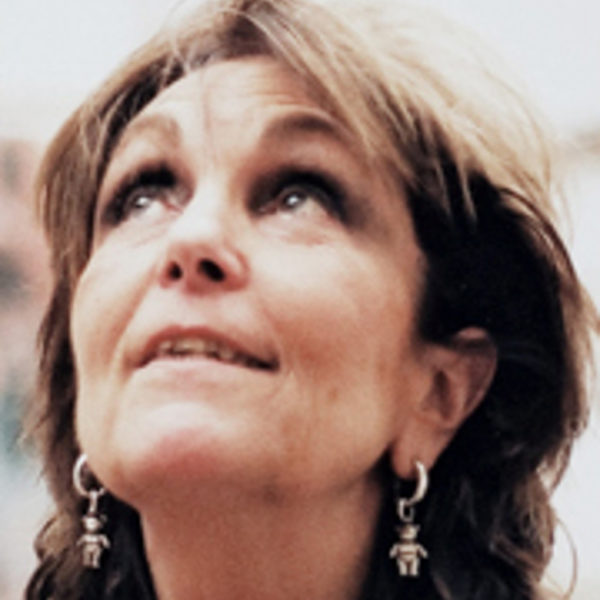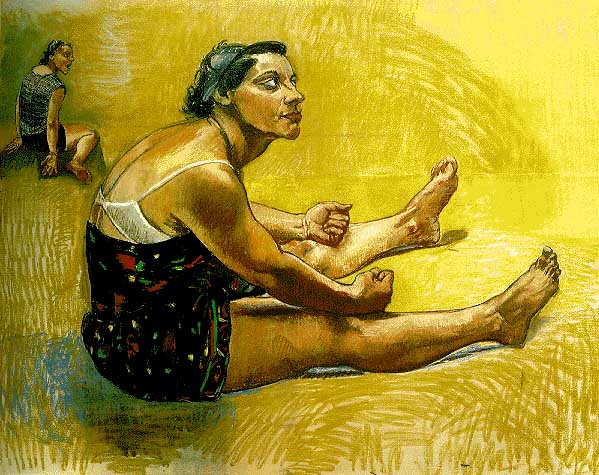
Paula Rego/MNAC
Painter
Paula Rego left very young for London, where she began her studies at the Slade School of Fine Art (1952-1956) and where she would develop her artistic activity. However, the imagery of folk tales and childhood memories will be her main sources of work, from which she will extract her own figurative lexicon. Early in her career, Paula Rego manifested an authorial autonomy that set her apart from the main artistic trends in force, from abstractionism to conceptualism, favoring a figurative language through which she composes surreal scenes, mixing figuration and abstraction, with a fine satirical sense. In the 1980s, the compositions become more complex, accumulating in the pictorial space a constellation of animals or hybrid beings, most of which the author invests with allegorical meaning. However, from the early 1990s, when Paula Rego became the First Associated Artist of the National Gallery in London, her contact with classical painting caused her compositions to acquire a naturalistic spatial and figurative conception, giving rise to a mise-en-scène that maintains, yet, the same dramatic and intriguing presence transversal to her works. The international recognition of her work came in the 1990s. Her production has been shown since 1988 (Calouste Gulbenkian Foundation) retrospectively, highlighting the exhibitions at the Serralves Foundation (2004), Tate Britain (2005) and Museo Nacional Centro de Arte Reina Sofiía. In 2009, the Casa das Histórias Paula Rego, devoted to the work of the artist and her husband, Victor Willing, opened to the public in Cascais.
PAULA REGO’S POSTER





